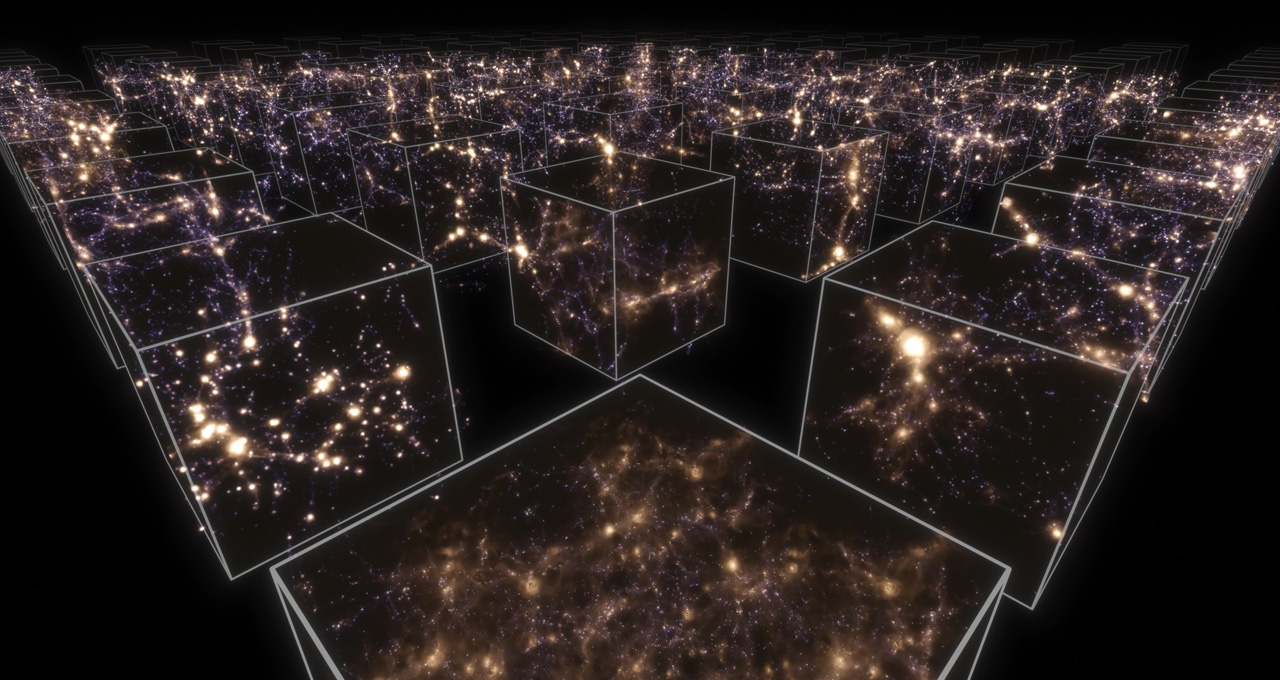“I am a visionary,” says an AI, kicking off the latest installment of NVIDIA’s I AM AI video series.
Launched in 2017, I AM AI has become the iconic opening for GTC keynote addresses by NVIDIA founder and CEO Jensen Huang. Each video, with its AI-created narration and soundtrack, documents the newest advances in artificial intelligence and their impact on the world.
The latest, which debuted at GTC last week, showcases how NVIDIA technologies enable AI to take on complex tasks in the world’s most challenging environments, from farms and traffic intersections to museums and research labs.
Here’s a sampling of the groundbreaking AI innovations featured in the video.
Accuray Radiotherapy System Treats Lung Tumors
Lung tumors can move as much as two inches with every breath — making it difficult to protect healthy lung tissue while targeting the tumor for treatment.
Bay Area-based radiation therapy company Accuray offers Radixact, an AI-powered system that uses motion-tracking capabilities to follow a tumor’s movement and deliver treatment with sub-millimeter accuracy.
The system’s respiratory motion synchronization feature, which works in real time, matches treatment to the natural rhythm of patients’ breathing cycles, allowing them to breathe as normal during the process.
Radixact, which can take precise imagery of the tumor from any angle, is powered by NVIDIA RTX GPUs.
ANYmal Robots Learn to Walk on Their Own
The Robotic Systems Lab, at ETH Zurich, in collaboration with Swiss-Mile, is embracing the future of robotic mobility.
The Swiss research lab fitted the four-legged robot ANYmal with wheels so that it can learn to stand, walk and drive — all on its own and in a matter of minutes.
Built on the NVIDIA Jetson edge AI platform and trained with Isaac Gym, the robot’s combination of legs and wheels enables it to carry tools and overcome obstacles like steps or stairs. Its AI-powered cameras and processing of laser scanning data allow it to perceive and create maps of its environment — indoors or outdoors.
The robot can help with delivery services, search-and-rescue missions, industrial inspection and more.
Sanctuary AI Robots Give a Helping Hand
Canadian startup Sanctuary AI aims “to create the world’s first human-like intelligence in general-purpose robots to help people work more safely, efficiently and sustainably.”
Built using NVIDIA Isaac Sim, Sanctuary AI’s general-purpose robots are highly dexterous — that is, great with their hands. They use their human-like fingers for a myriad of complex, precision tasks like opening Ziploc bags, handling pills or using almost any hand tool designed for a person.
The robots’ built-in cognitive architecture enables them to observe, assess and act on any task humans might need help with. Sanctuary AI aims to one day see its technology help with construction on the moon.
Sanctuary AI is a member of NVIDIA Inception, a program designed to nurture cutting-edge startups. Every member receives a custom set of ongoing benefits, such as NVIDIA Deep Learning Institute credits, opportunities to connect with investors, awareness support and technology assistance.
Scopio Accelerates Blood Cell Analysis
Another NVIDIA Inception member, Scopio, uses NVIDIA RTX GPUs to perform real-time, super-resolution analysis of blood, searching for hidden threats in every cell.
The company is transforming cell morphology with its microscopy scanning devices and Full-Field Peripheral Blood Smear application, which for the first time gives hematology labs and clinicians access to full-field scans of blood, with all cells imaged at 100x resolution.
The application runs Scopio’s machine learning algorithms to detect, classify and quantify blood cells — and help flag abnormalities, which are automatically documented in a digital report. This enhances workflow efficiency for labs and clinicians by more than 60 percent.
To learn more about the latest AI innovations, watch NVIDIA founder and CEO Jensen Huang’s GTC keynote address in replay:
